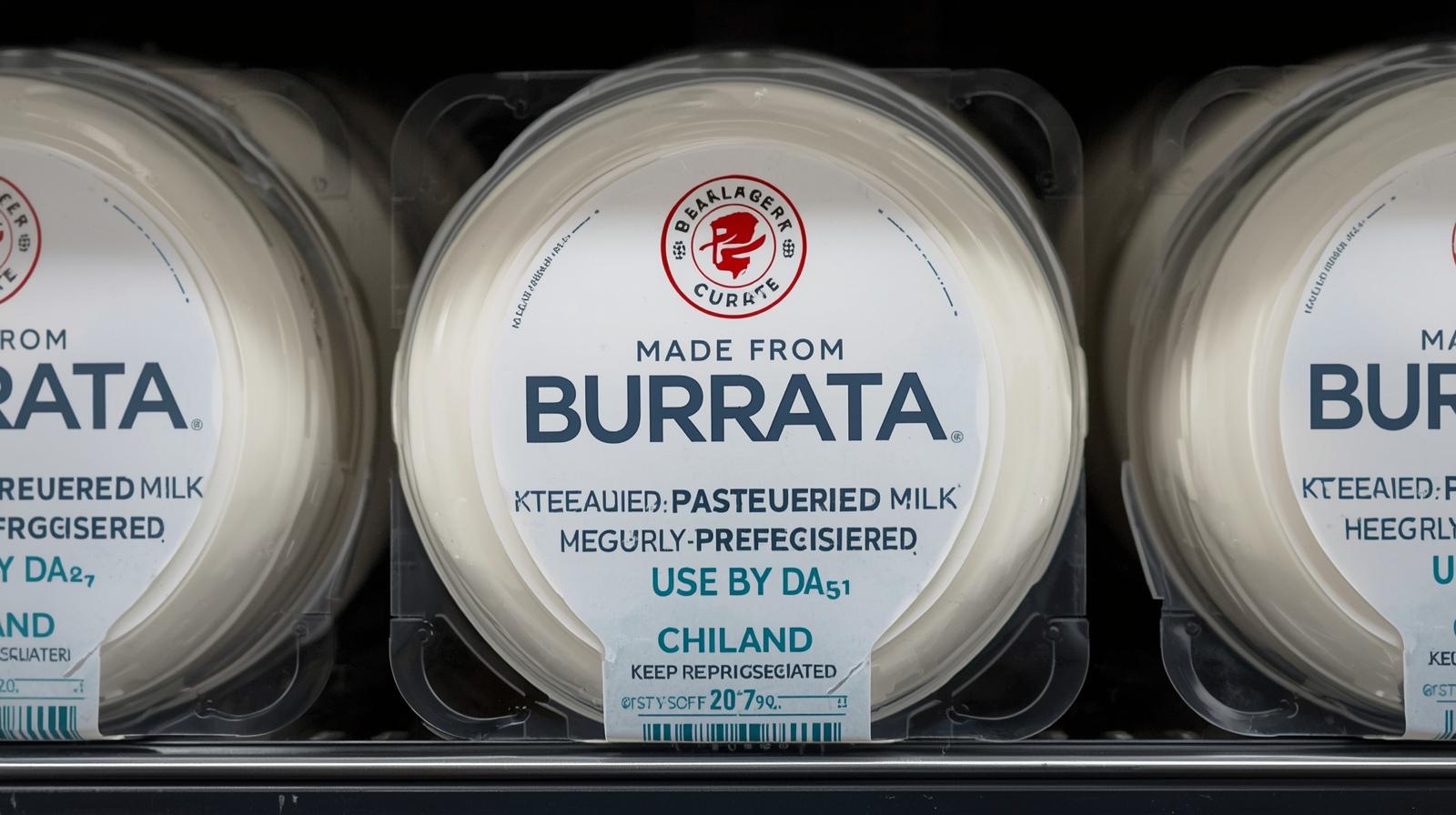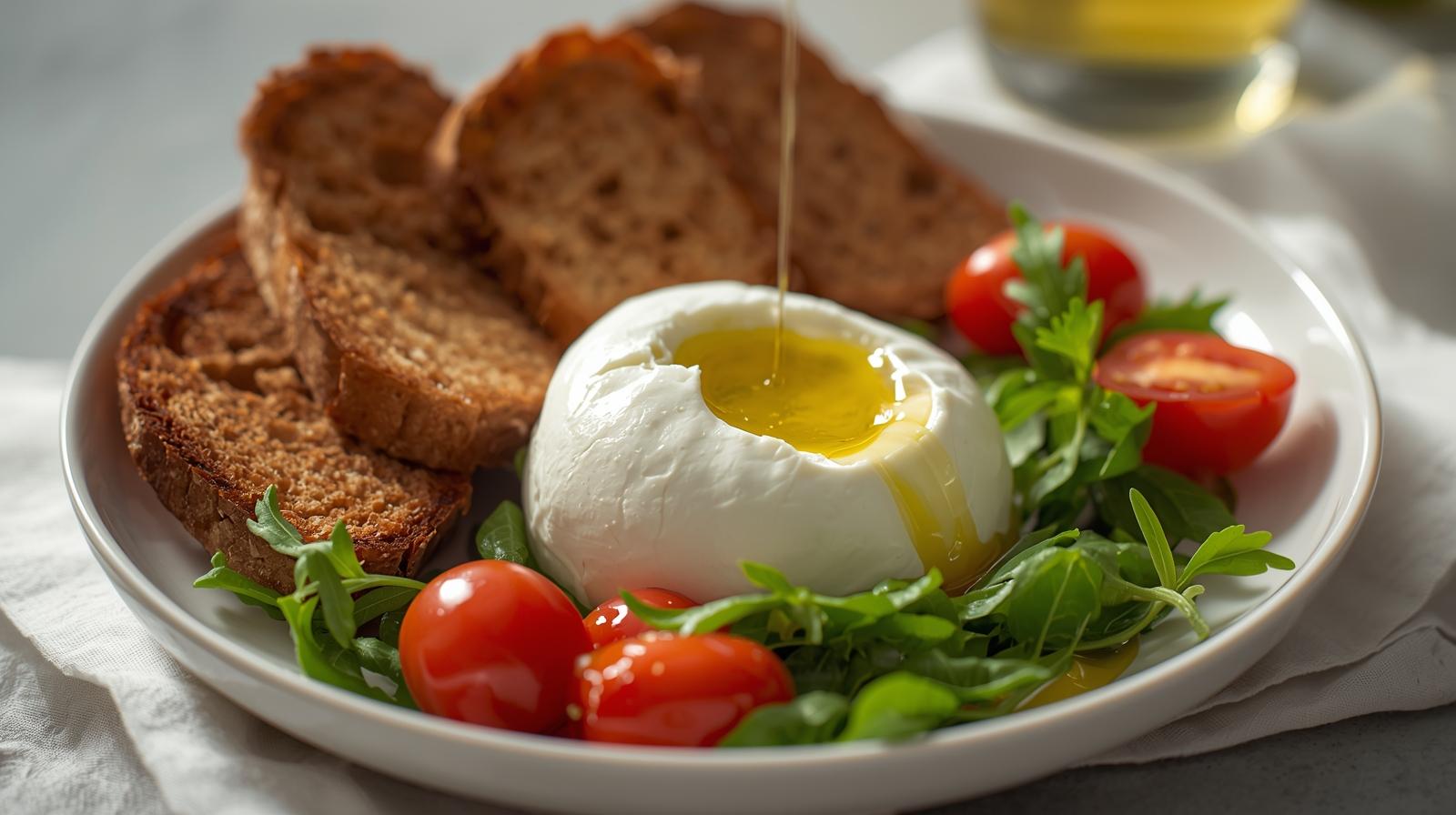
Burrata in Pregnancy — The Short Answer
Yes, you can enjoy burrata during pregnancy when it’s made from pasteurised milk and kept cold from factory to plate. The main concern is listeriosis—an uncommon but serious infection caused by Listeria monocytogenes, which can survive in soft, high-moisture cheeses and grow at refrigerator temperatures if the cold chain slips. Choosing pasteurised, sealed, reputable products and eating them fresh substantially reduces risk. [4] [1] [2]
In this global guide
- Burrata 101: how it’s made and why texture matters
- Safety pillars: pasteurisation, refrigeration, clean handling
- Label & menu checks: what to ask and what to avoid
- Nutrition: protein, calcium & saturated fat realities
- Pairings & portions: pregnancy-smart ways to eat burrata
- Restaurants, delis & travel: global practical tips
- Alternatives & substitutes if you prefer to skip it
- Pregnancy FAQ — Burrata
Burrata 101 — Fresh, Lush, and Moist
Burrata begins with a mozzarella shell, stretched while warm and formed into a pouch. Inside, producers add rich cream mixed with strands of curd (stracciatella), then knot or tie the pouch and pack it in whey or brine. The result is high moisture, a delicate dairy sweetness, and a ready-to-eat product best consumed fresh.
- Texture & water activity: Burrata is softer and wetter than aged cheeses. That lush core is precisely why it’s delicious—and why time and temperature matter. [5]
- Pasteurised vs unpasteurised: Pasteurisation heats milk to destroy pathogens. Many global health agencies advise avoiding unpasteurised soft cheeses in pregnancy. [1] [6] [7]
- “Cooked” vs “warmed”: Traditional burrata is not cooked before serving; it’s usually placed on salads or warm dishes. If you want the risk-reduction of heat, burrata must be heated through until steaming hot.

![Love at First Kick Sweatshirt - Cozy Unisex Garment-Dyed Top for Expecting Moms, Baby Showers, Maternity Gifts, Casual Wear, Unique [...]](https://cdn.shopify.com/s/files/1/0960/3619/2542/files/10729875657121119512_2048.jpg?v=1761143493)





